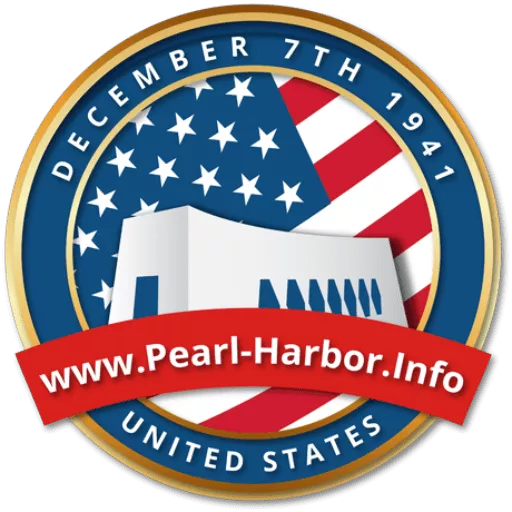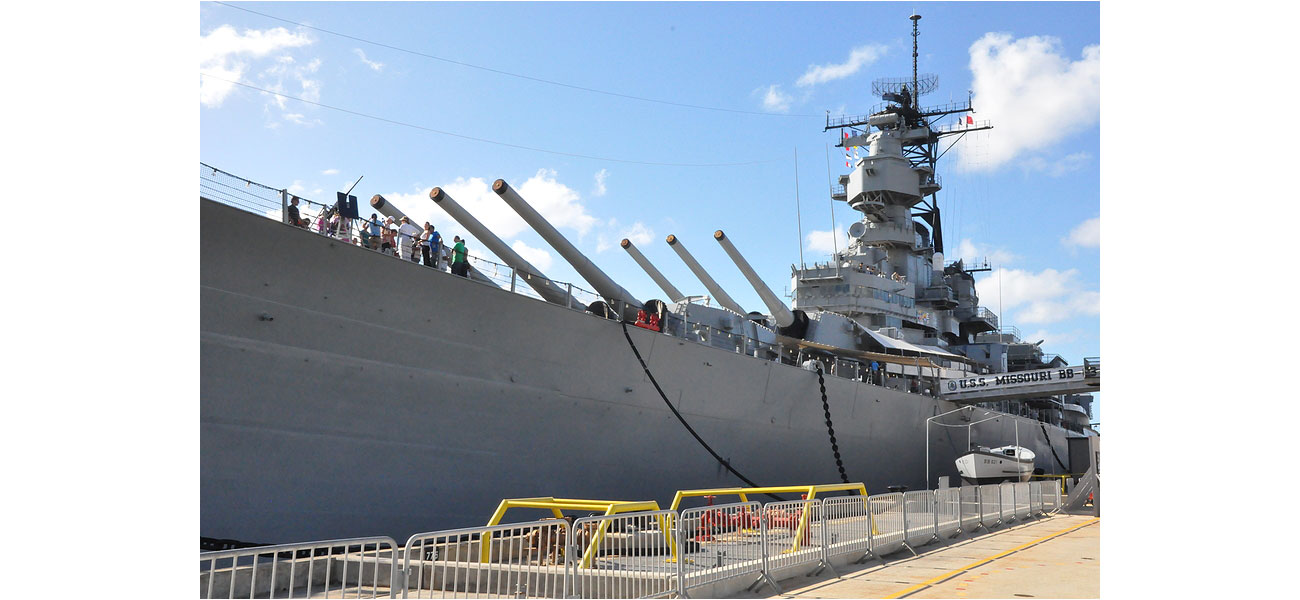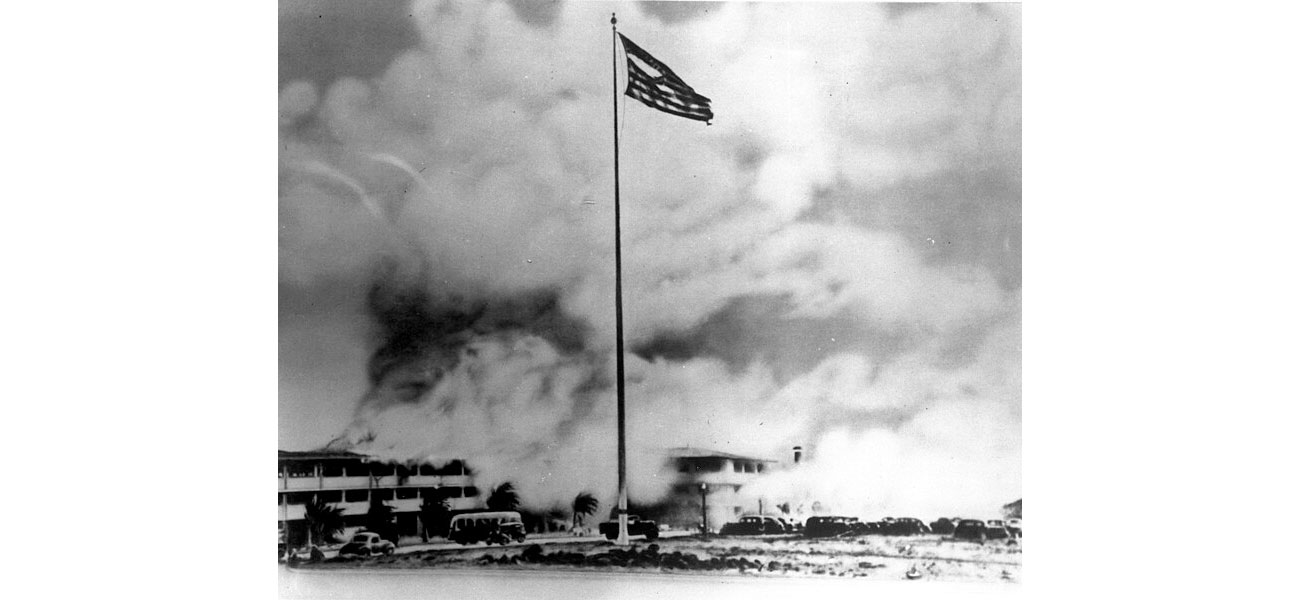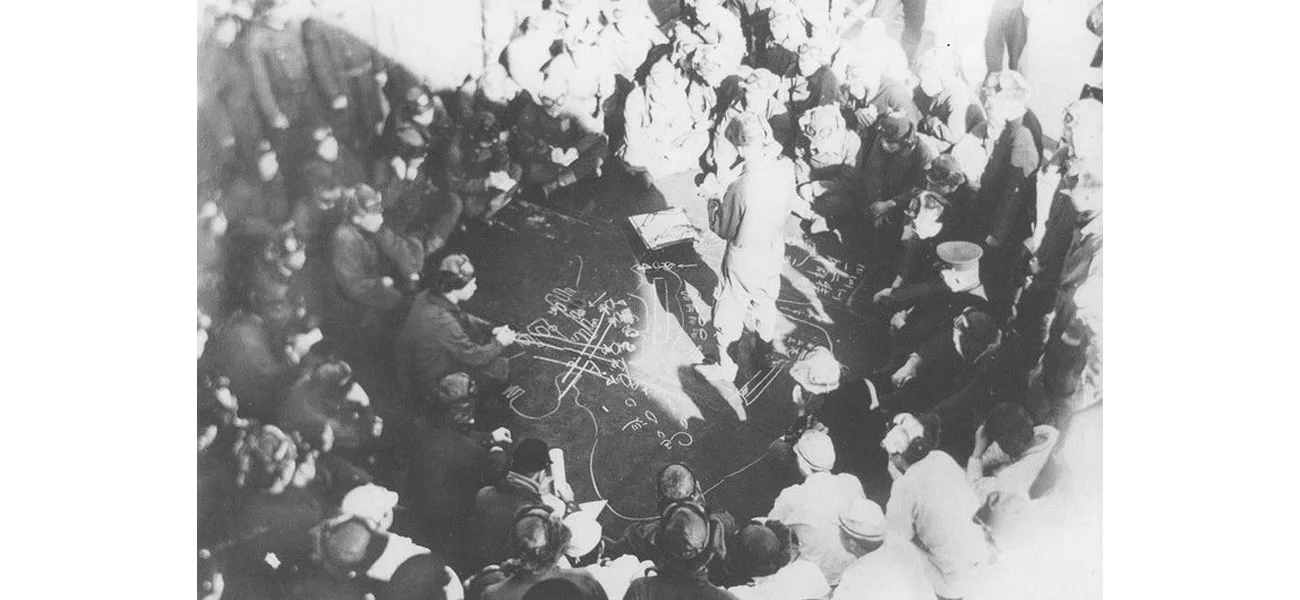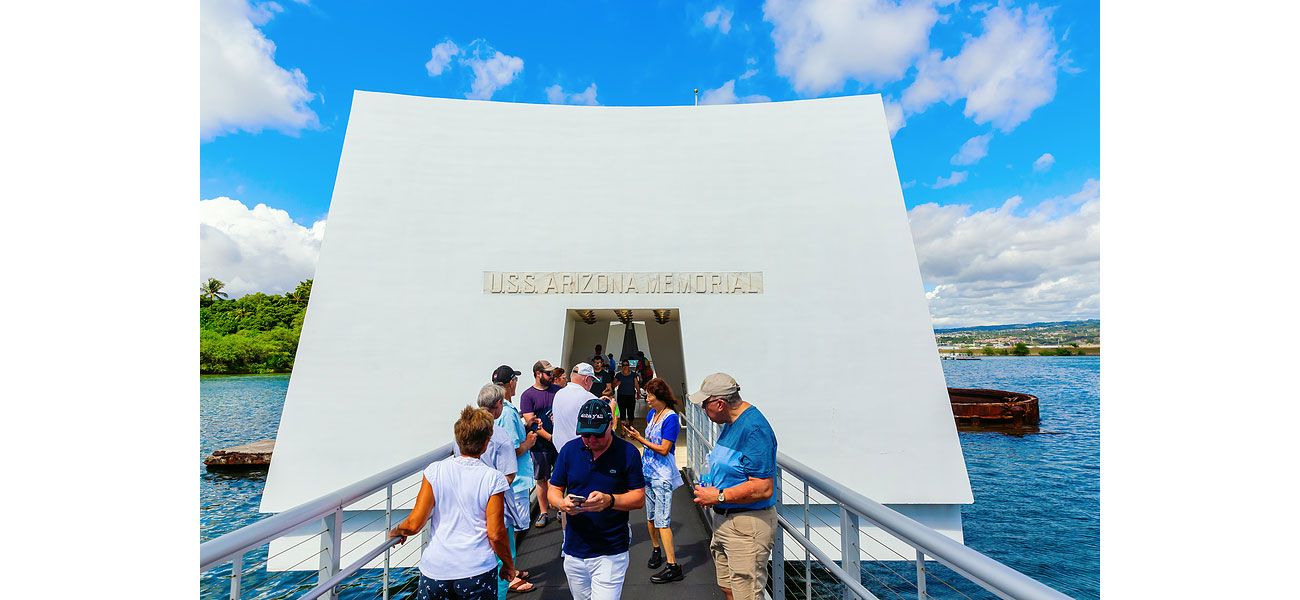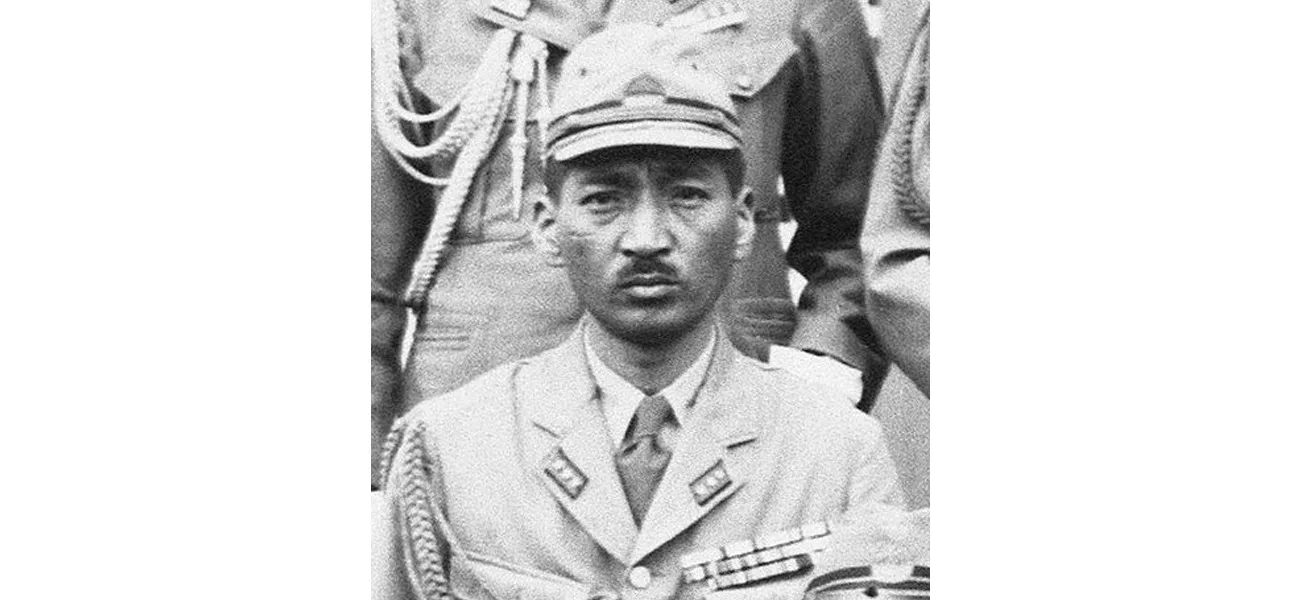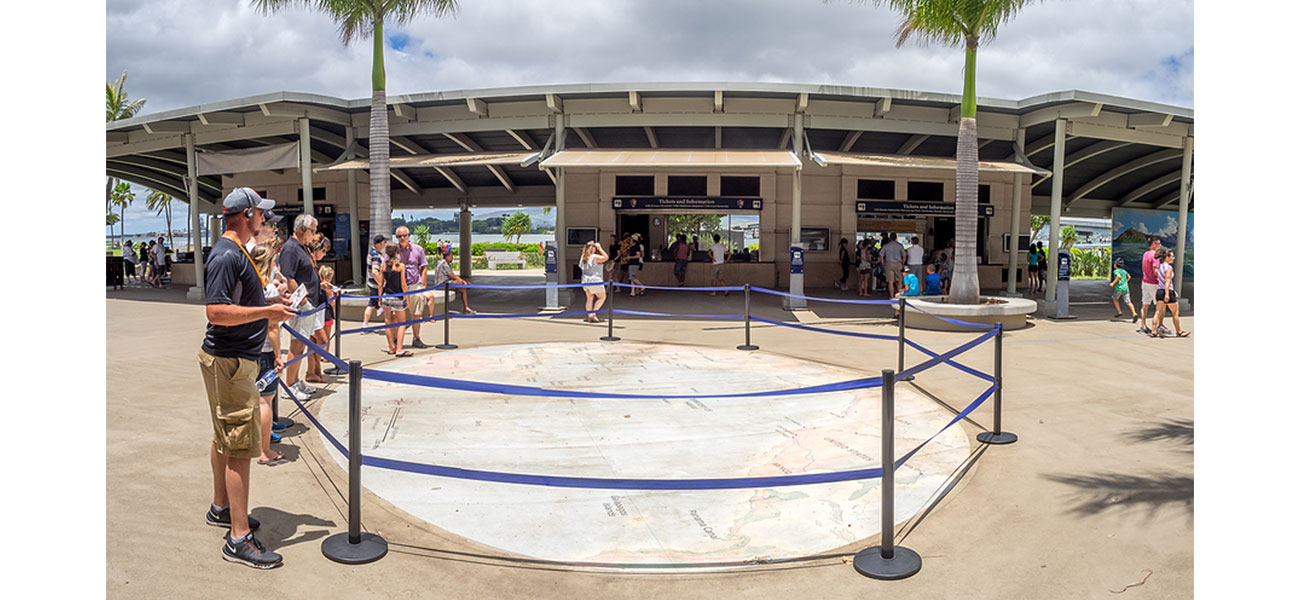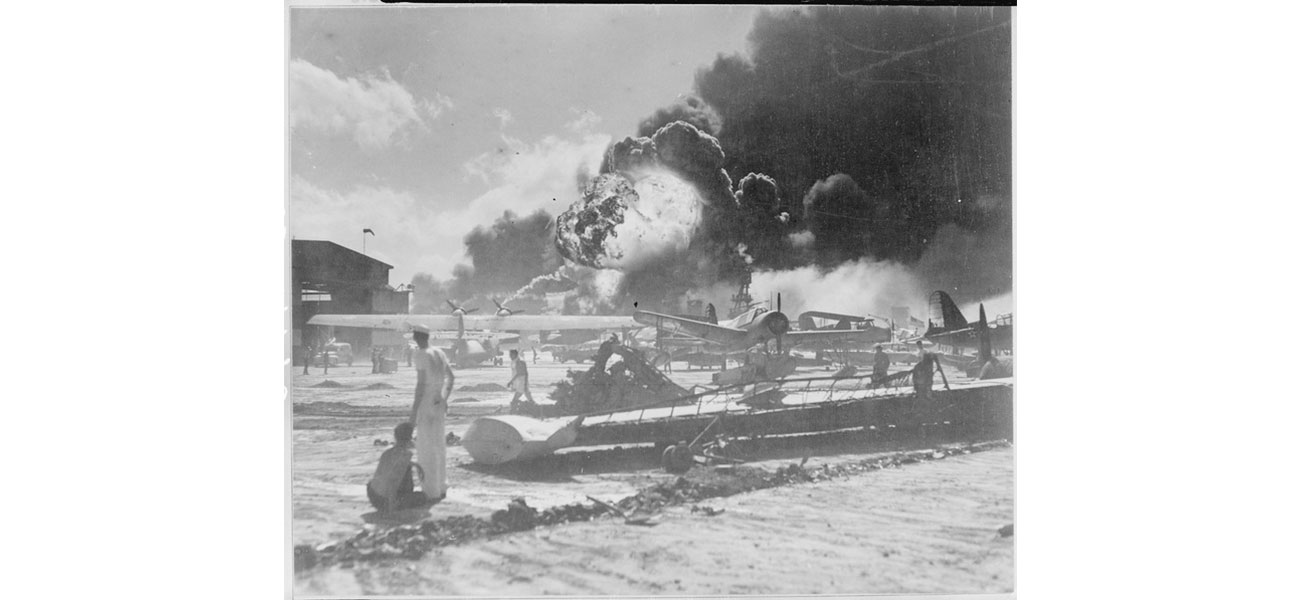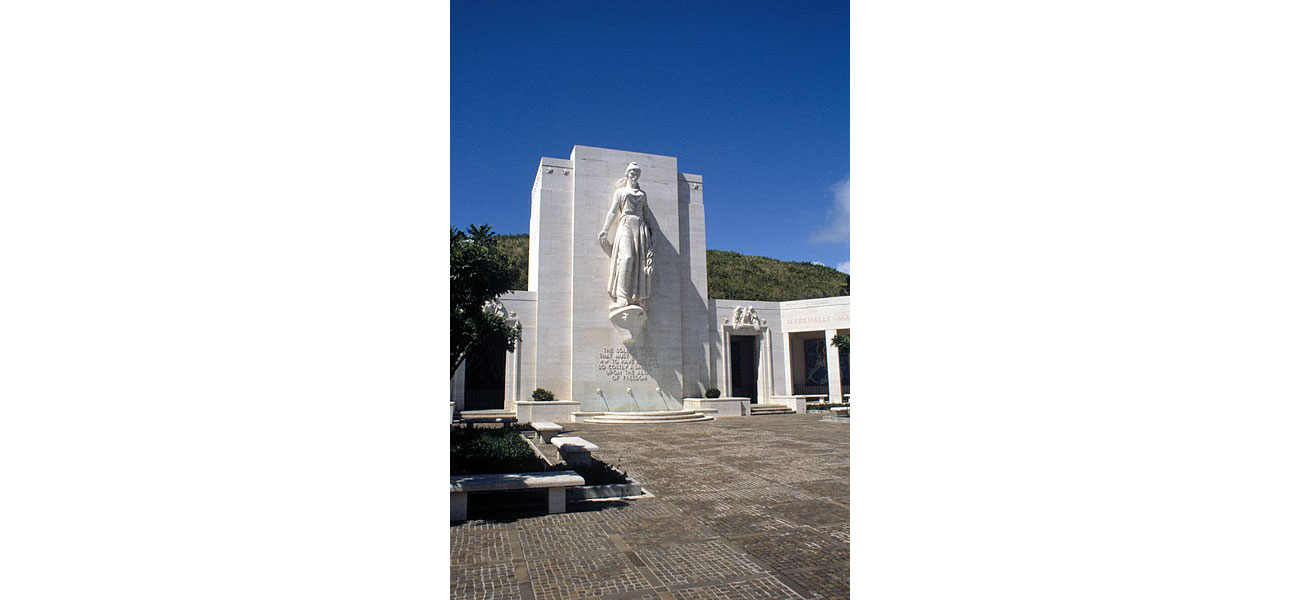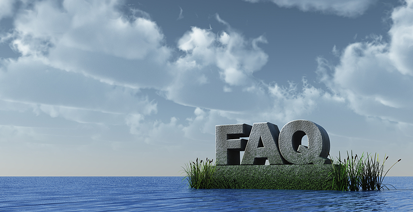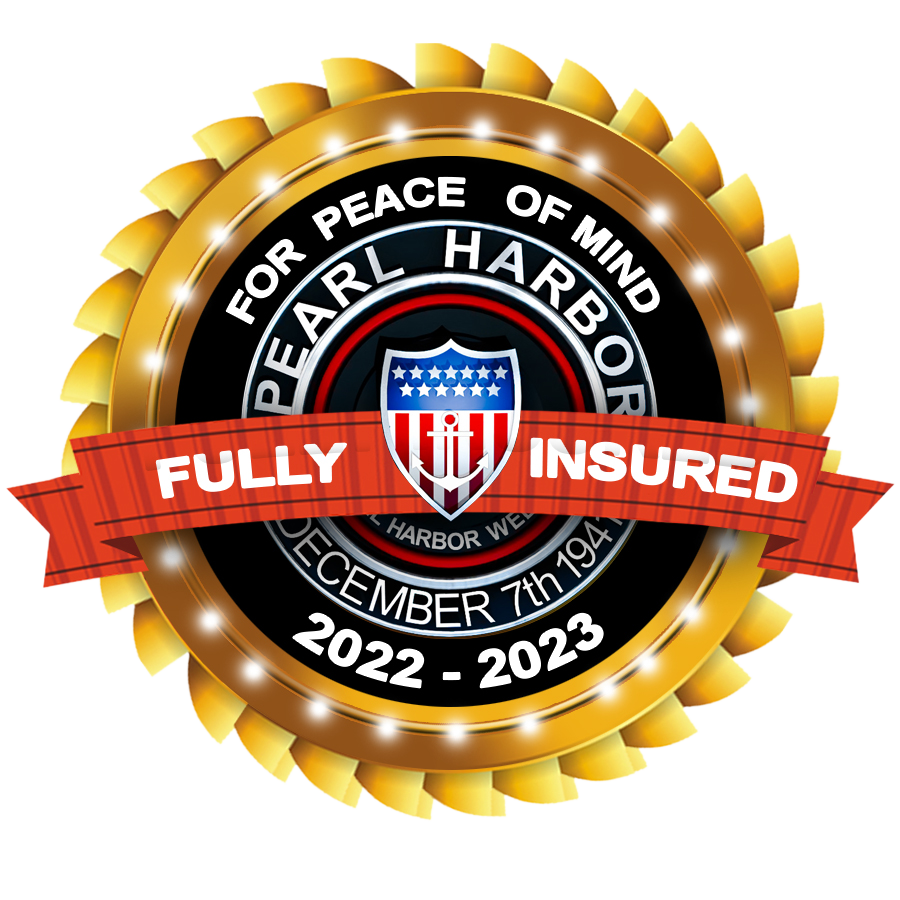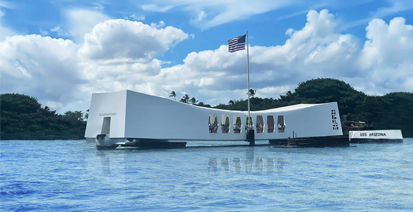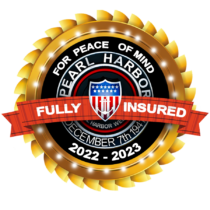Your Visit to the Battleship Missouri
If you’re thinking about how your visit to the Battleship Missouri will be. You can be relaxed. When you step aboard the Battleship Missouri, fondly known as the Mighty Mo, you are not just visiting a ship; you are walking through a significant chapter of history. Moored at Ford Island in Pearl Harbor, the Battleship Missouri is an emblem of the U.S. Navy’s resilience and strength. Although the ship was commissioned after the attack on Pearl Harbor, it played a pivotal role in World War II, notably as the site where Japan signed the surrender documents, effectively ending the war.
Touring the Battleship Missouri
Visiting the Battleship Missouri offers various tour options, catering to different interests and time constraints. The Mighty Mo Pass is a 35-minute tour that delves into the ship’s history, including a visit to the iconic Surrender Deck. For those who prefer to explore at their own pace, the Acoustiguide Tour provides a self-paced audio experience in multiple languages, including English, Japanese, and Korean. This two-hour tour takes you through the ship’s storied past, from World War II to its decommissioning. Alternatively, you can wander freely throughout the ship, discovering its secrets at your leisure.
Dining Options Near the Missouri
Exploring a battleship can work up quite an appetite, and fortunately, there are several nearby food options. Slider’s Grill offers classic American fare, including Chicago-style hot dogs and perfectly grilled cheeseburgers. For a sweet treat, Wai Momi Shave Ice serves up vibrant shave ice and cinnamon-dusted churros. For those needing a quick snack or drink, the Battleshop provides convenient options right on-site.
Important Considerations
Before visiting, it’s essential to be aware of a few guidelines to ensure a smooth experience. No bags of any size are allowed on the Missouri or anywhere within Pearl Harbor. Backpacks, purses, camera bags, and other items must be stored at the baggage storage facility at the Pearl Harbor Visitor Center.
As for attire, comfort is key, but it’s also important to remember that the Battleship Missouri is a place of historical significance. Avoid wearing inappropriate clothing, such as swimsuits or attire with offensive language. Respectful, casual clothing is recommended, as it reflects the solemnity and importance of the site.
Accessibility
The Battleship Missouri is designed to be accessible to all visitors. Wheelchair ramps and elevators are available, making it possible for everyone to explore the various levels of the ship, including the Surrender Deck. This commitment to accessibility ensures that everyone can experience the history and legacy of the Mighty Mo.
A visit to the Battleship Missouri is more than just a tour; it’s an immersive journey through history. Whether you’re walking the decks where world-changing decisions were made or simply soaking in the atmosphere of this grand vessel, the experience is both educational and humbling. By following the guidelines and making the most of the tours and amenities available, your visit to the Battleship Missouri will be a memorable and enriching experience.
